Cardio is most readily recognized by getting your heart rate up - but the concept is intimidating to a lot of people. This article is here to take that fear away and let you in on the practice of cardio training: it’s accessible to everyone, no matter your size and experience, and it brings some awesome health and longevity benefits.
What Is Cardio?
First off, what is cardio exercise? Anything that raises your heart rate and your breathing rate into the moderate-to-vigorous-activity level for 10 minutes or more counts as cardio.
To get the most out of a cardio workout, you should keep three factors in mind before starting: frequency, intensity, and duration. How often you workout, how intensely you exercise, and how long you do it for all matter when it comes to cardio.
How To Do Cardio
Before starting a cardio regimen, it’s important to know how to create a fitness plan that works for you. Knowing your body and what it can handle, including safe ways to push your limits, is key to a good workout.
Before any cardio session, you absolutely have to warm up and stretch to get your blood flowing and your muscles limber and ready for activity. If you’re running, warming up might mean starting out at a walk, working up to a power walk, then a jog, then finally a run. By working your way up to the strenuous activity instead of starting out at level 10, you’re giving your body a grace period so it can get used to what’s happening.
During warm-ups, it’s also a smart idea to stretch out the muscles that you’re going to use while exercising. You can target those groups with flexibility stretches or specific drills.
Amidst a cardio workout, if you’re new to the concept, you might get worried about your limits and what your body can handle. It’s good to remember that discomfort does not equal danger. Just because your body is feeling the burn doesn’t mean that you’re going to collapse. In order to lean away from this fear, you can calculate your anaerobic zones based on your body weight and get familiar with your thresholds. When you are aware of your danger zone, it’s harder to shy away from discomfort - because you know it’s only discomfort and it won’t threaten your health.
Just as important as the warm-up prior to the workout, the cool-down afterwards is essential. Simply slamming on the brakes and skidding to a stop to end your workout is tough on your muscles, because it encourages the buildup of lactic acid. Cool-downs entail 5-10 minutes of lower intensity activity, and more stretches to get that acid diffused to prevent cramping.

What Are Cardio Workouts?
What’s great about cardio is that it’s a very versatile style of exercise. Tim Duba, co-founder of Protekt, thinks it’s pretty awesome that there are so many ways to do cardio, no matter your experience or body type. Something he loves that might not come first to many people’s minds is rowing.
“There are so many good ways to do cardio. For example, a rowing machine, which can be excellent for people who are overweight and can't put much weight on their legs, ankles, knees, and joints. Some people have back problems, and rowing is a great way to build your back muscle and add cardio to the mix. And it still uses your legs, if you're doing it properly. For those who feel that they’re beyond walking, but not yet to running - rowing is great.”
If rowing isn’t your thing, that’s cool too. There are plenty of other options to choose from, like:
- Jumping rope
- Dancing
- Organized sports
- Power walking
- Swimming
- Boxing
- Jumping on a trampoline
- Biking
- Hiking
- Hula-hooping
- Jumping jacks
- Stairs
There are plenty of creative ways to get your heart rate up. You don’t have to think of cardio as a tether to the treadmill - you have a higher chance of sticking to your cardio workouts if you do an activity that you actually like. What is cardio exercise, if not fun? We promise, it’s possible!
Nick Norris, another member of the Protekt team, says, “If you like playing frisbee golf, walk a frisbee golf course. If you're into archery, you can walk an archery course and shoot arrows. It doesn't have to be focused solely on running or jogging or hiking, that can be just an ancillary part of some other activity that actually gets you fired up.”

What is Cardio Good For?
There are so many benefits of cardio exercise. Not only does it improve your heart health, it also lowers your blood pressure, helps to regulate your blood sugar, reduces chronic pain, and reduces asthma symptoms.
A few other important benefits:
- Helps you sleep
- Regulates your weight
- Strengthens your immune system
- Improves brain power
- Boosts your mood
Tim doesn’t even think this long list encompasses everything that cardio is good for. In his opinion, it’s all about improving quality of life.
“It's for longevity of life. That's the only reason I do cardio. It has nothing to do with how I want my body to look; it's how I want to feel when I'm working really hard. I want to feel clear-headed. I want to feel light on my feet. So cardio, to me, is a life source. You'll be a better person for it, because doing cardio shows that you can hold yourself accountable, and do the tough things in life that you need to do.”
How To Work on Cardio
Like we said, the best way to work on cardio is to find an activity you actually enjoy. If you have fun with it, your chances of coming back and doing it again are greater.
It’s also a good idea to set up a simple schedule. Don’t bite off more than you can chew and overwork yourself right out of the gate - allow rest days in between your workouts. Exercising three days a week is usually the best way to go if you’re a beginner. Both your body and mind need time to adjust to this new lifestyle.
If you have the right gear, start out slow and regularly increase your levels, and make sure to take recovery days, you’re on the path to success.
It won’t always be easy. But it will always be worth it.
As Tim Duba puts it: “The secret to life is hard work. Protekt was developed to help you feel your best so you can put in that work. And that's it, man. Anyone successful will tell you - there's no shortcut. I worked my ass off to get here.”
*These statements have not been evaluated by the FDA. Protekt products are not intended to diagnose, treat, cure, or prevent any disease.
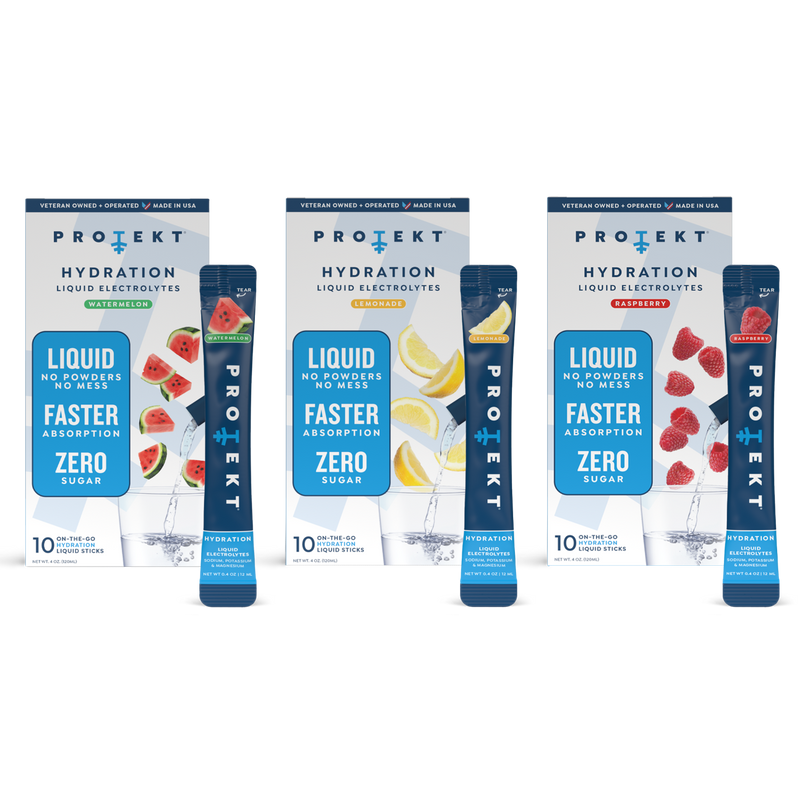
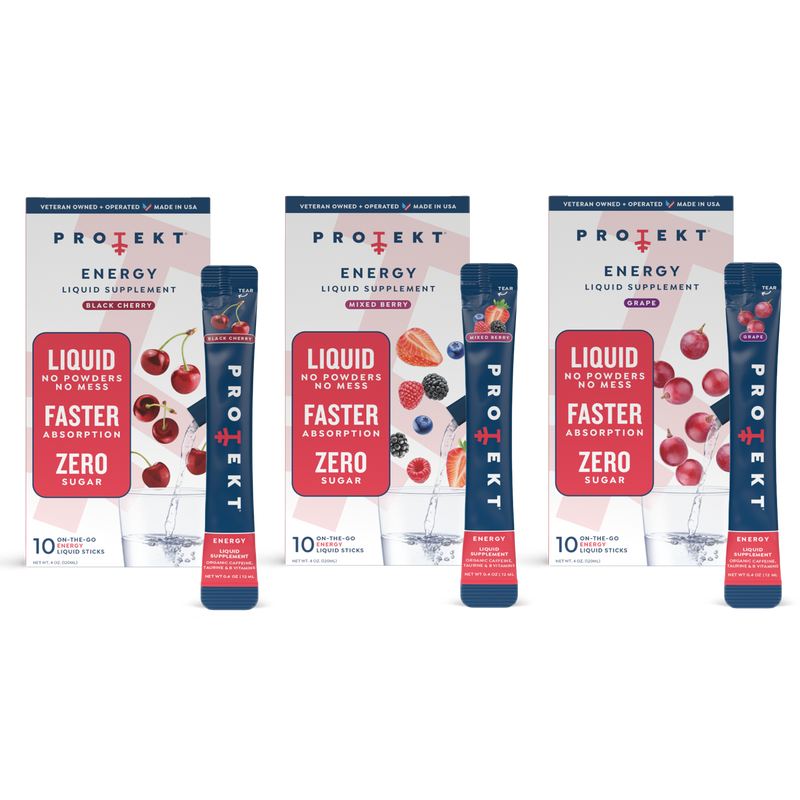
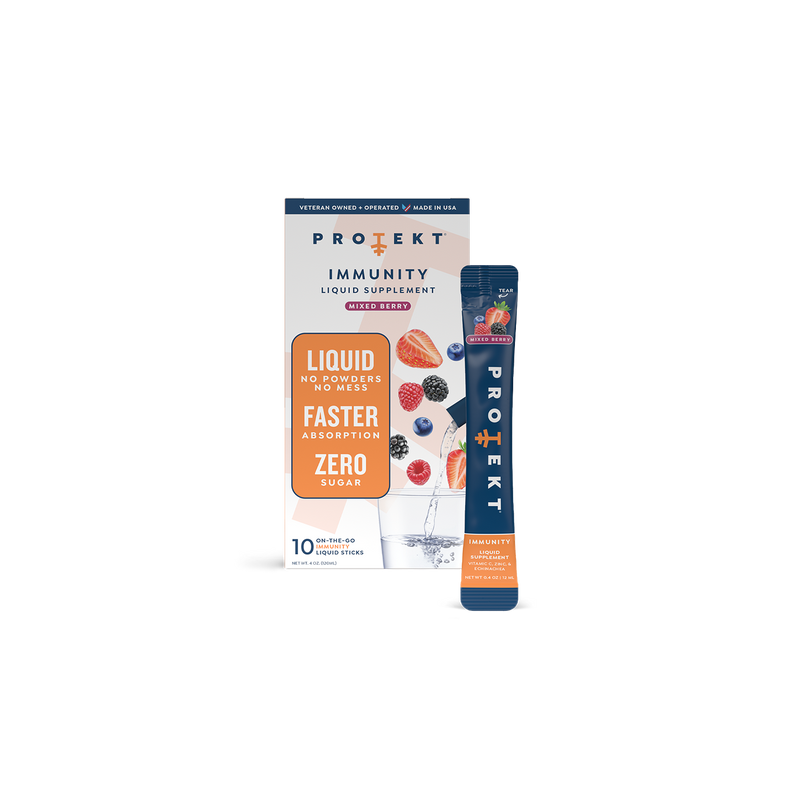
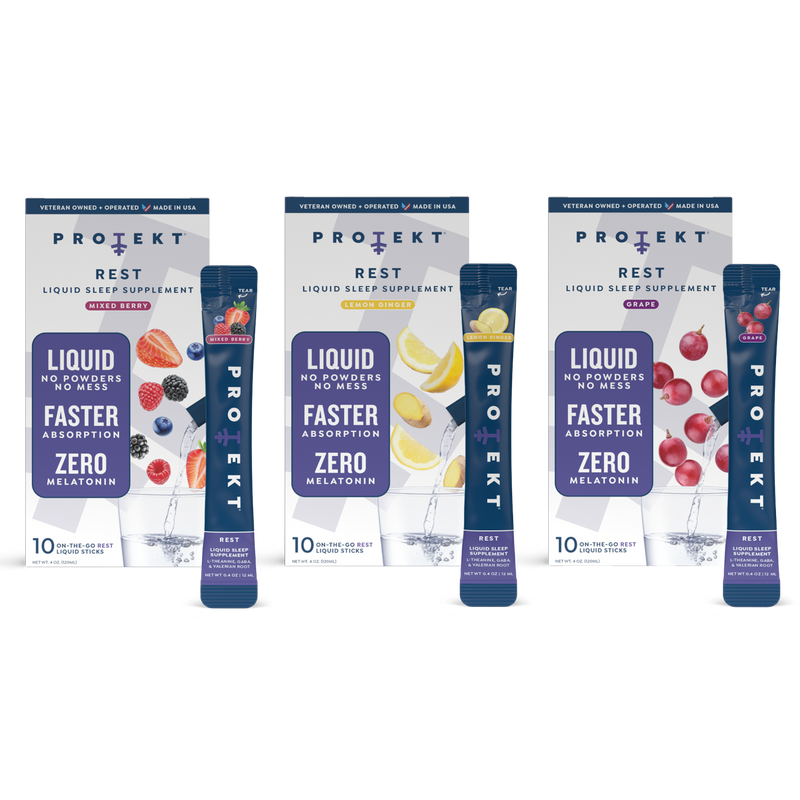



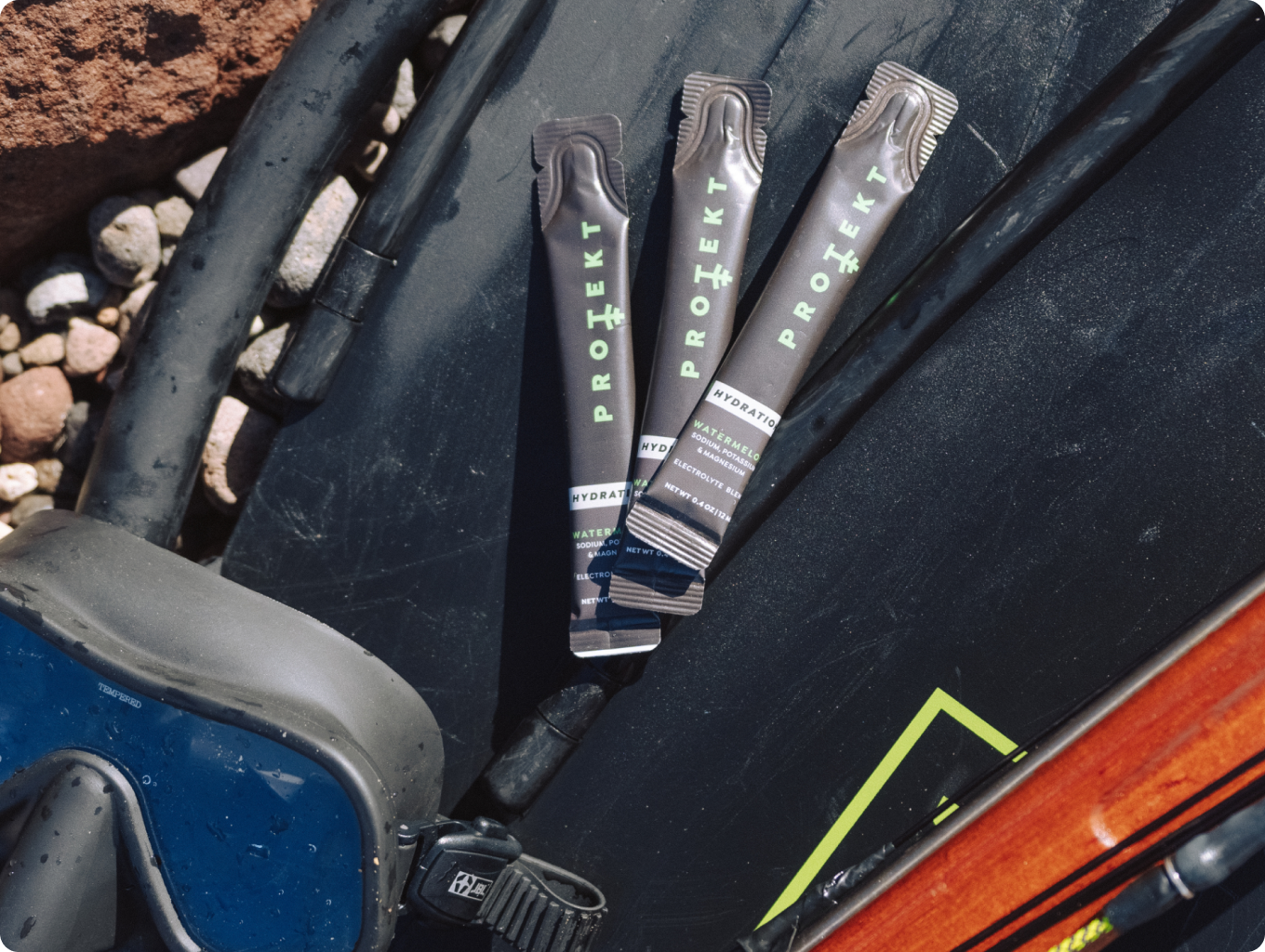







Leave a comment
All comments are moderated before being published.
This site is protected by hCaptcha and the hCaptcha Privacy Policy and Terms of Service apply.